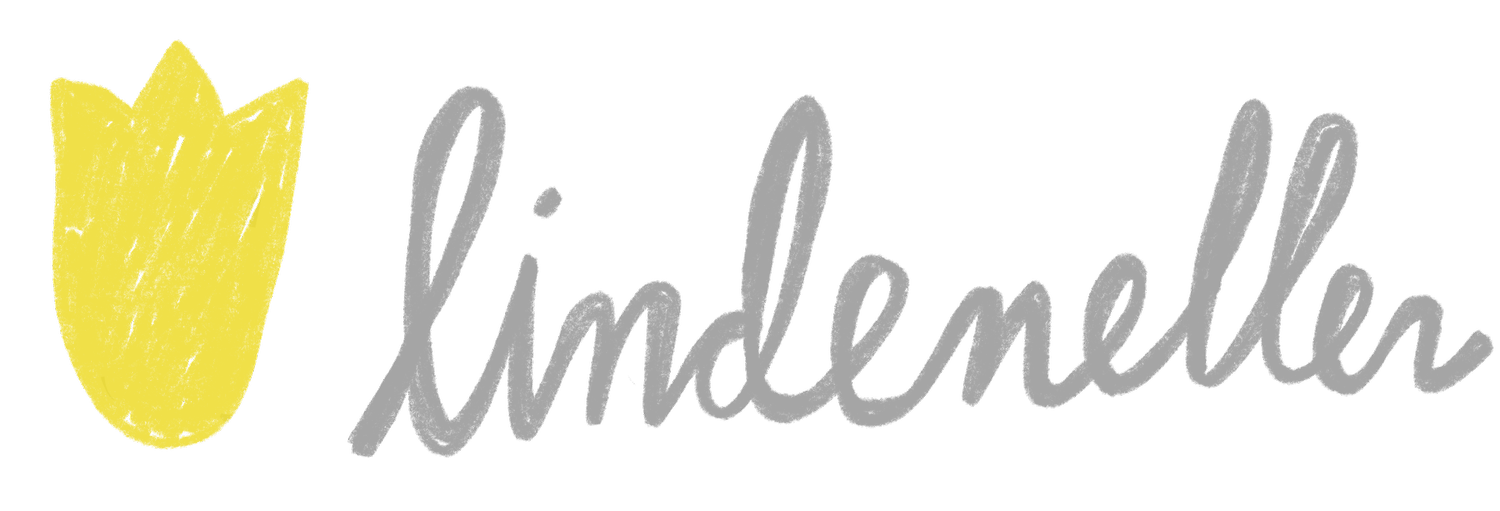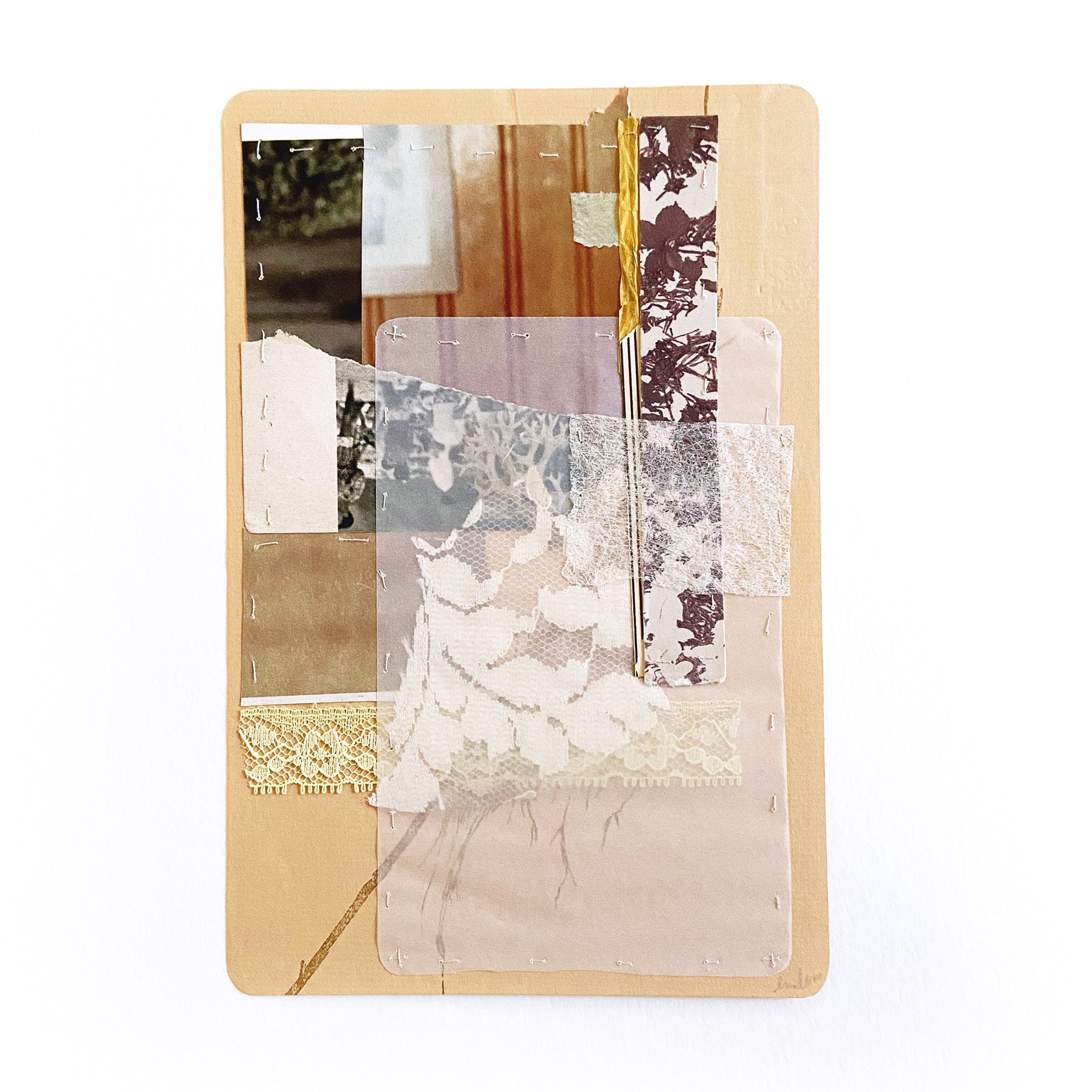Sourcing Collage Art Materials
Everything has potential to be interesting.
You get to decide what.
How Do You Find Materials for a Collage?
Creating a collage is an exciting and expressive way to showcase your creativity. Whether you’re a seasoned artist or just starting, finding the right collage materials can make all the difference in your artwork. Let’s explore various sources and ideas for gathering materials that will inspire your next collage project.
(Looking for a quick mini packet to jump start the process? Grab one of my DIY Collage Kits, including fragments from my personal archive and collection)
Understanding Collage Materials
Before diving into where to find materials, it’s essential to understand what constitutes collage materials. A collage can be made from almost anything that can be glued down or layered together. Common materials include:
Paper: Magazines, newspapers, wrapping paper, maps, old books, and cardstock.
Fabric: Scraps of cloth, lace, or felt.
Natural Elements: Leaves, flowers, twigs, and other organic items.
Ephemera: Ticket stubs, photographs, receipts, lists, sheet music, letters, postcards, and stamps.
Found Objects: Buttons, coins, beads, and other small items.
Transparencies: Tissue paper, tracing paper, vellum, cellophane, and any other translucent paper.
Art Supplies: Paints, markers, pastels, pencils, and adhesives.
The beauty of collage lies in its versatility; you can use virtually anything that inspires you!
Where to Find Collage Materials
1. Thrift Stores and Flea Markets
Thrift stores and flea markets are treasure troves for unique collage materials. You can often find old books with beautiful illustrations or vintage magazines filled with interesting images. Look for fabric remnants or even clothing items that can be cut up for textile collages. The charm of these places is that you never know what you might find!
2. Your Own Home
Before heading out to shop for new materials, take a look around your home! You likely have plenty of potential collage materials just lying around:
Old Magazines and Newspapers: Perfect for cutting out images and text.
Gift Wraps: Leftover wrapping paper from birthdays or holidays can add color and texture.
Unused Stationery: Old cards or envelopes can provide interesting backgrounds.
Daily Life Ephemera: grocery lists, receipts, tickets, letters, cards and notes can make your collage personal and unique.
Don’t underestimate the value of everyday items; they often hold the most sentimental value.
3. Nature Walks
Nature is an excellent source of inspiration for any artist. Collecting natural elements like leaves, flowers (pressed), pebbles, or twigs during a walk can add an organic touch to your collages. Just remember to be respectful of nature—only collect what you need without harming the environment.
4. Online Resources
The internet is another fantastic place to gather collage materials:
Digital Downloads: Websites like Etsy offer digital downloads of vintage images that you can print at home.
Free Image Libraries: Sites like Unsplash or Pixabay provide high-quality images free for personal use.
You might also consider joining online communities focused on art where members share resources or even swap physical materials.
5. Art Supply Stores
While many artists prefer using found objects and repurposed items in their collages, art supply stores offer specialized products designed specifically for collaging:
Collage Papers: Specialty papers with textures, patterns, or transparency specifically made for collaging.
Adhesives: Different types of glue (like Mod Podge or Gel Medium) work better depending on the material used.
Paint & Additional Mediums: Many enjoy including traditional art mediums such as paint or pastels in their collage to add in additional texture, color, or interest.
Investing in quality supplies will enhance the durability and appearance of your final piece. Concerned about materials being “acid free" or “archival”? Read more about this in my Frequently Asked Questions page.
Organizing Your Collage Materials
Once you've gathered an array of collage materials from various sources, it's crucial to keep them organized:
1. Categorization
Sort your materials into categories such as paper types (magazines vs. cardstock), fabric scraps (cotton vs. lace), and natural elements (dried flowers vs. leaves). This organization will make it easier when you're ready to start creating.
2. Storage Solutions
Consider using clear bins or folders to store different types of materials separately while keeping everything visible at a glance. This way, you'll easily access what you need without rummaging through piles.
3. One Messy Scrap Pile
Allowing one pile of random leftovers to pull from can be really wonderful for easy clean up and instant inspiration.
Tips for Using Collage Materials Effectively
Now that you've gathered your collage materials let’s discuss some tips on how to use them effectively:
1. Mix Textures
Combining different textures—like smooth paper with rough fabric—can create visual interest in your work.
2. Play with Scale
Incorporate both large pieces as well as small details in your collages to create depth.
3. Layering Techniques
Experiment with layering different elements over each other; this technique adds complexity while allowing underlying pieces to peek through.
Conclusion
Finding the right collage materials is an adventure in itself! From scavenging thrift stores to exploring nature walks around your neighborhood—or even looking within your own home—you have countless options at your disposal. Remember that there are no strict rules when it comes to creating a collage; let inspiration guide you as you gather unique pieces that resonate with you and your vision.
Happy collaging!






